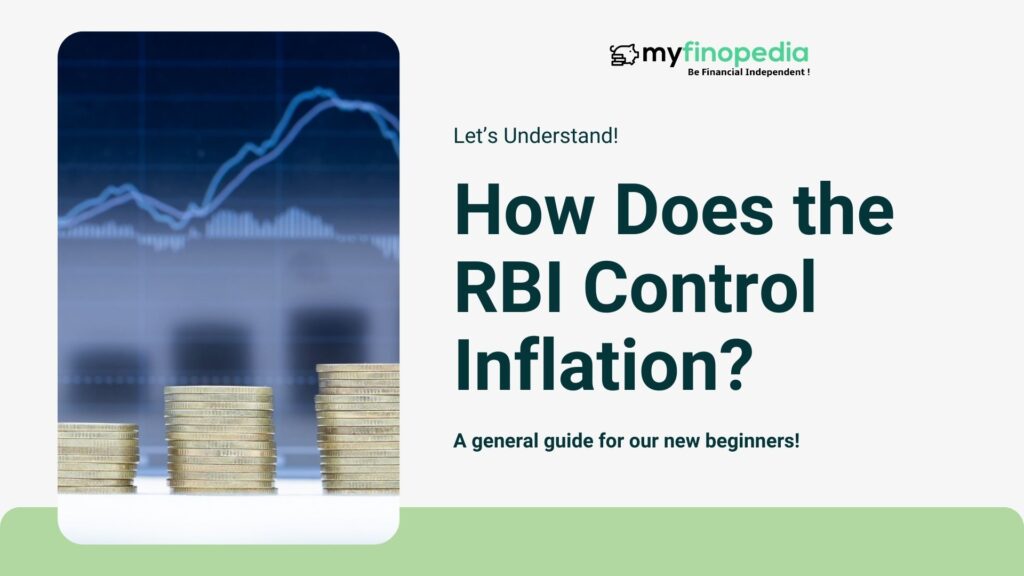The RBI implements a multifaceted strategy to control inflation and maintain stability in the Indian economy by using a wide range of tools, such as exchange rate management, oversight of financial institutions, special measures during crises, regulation of the money supply, liquidity adjustment facilities, and coordination with fiscal authorities.
Some of them are :-
- Control of Money Supply: By limiting the amount of money that is issued, regulating bank credit, and setting deposit interest rates, the RBI manages the money supply in the economy. The RBI can affect inflationary pressures by controlling the money supply.
- The RBI manages short-term liquidity in the banking system through the Liquidity Adjustment Facility (LAF), which consists of repo and reverse repo operations. Through LAF operations, the RBI fine-tunes liquidity conditions to achieve its monetary policy objectives, including inflation control.
- Exchange Rate Management: To control the value of the Indian rupee, the RBI makes interventions in the foreign exchange market. The RBI can affect the dynamics of inflation and import prices by altering the value of the currency. For example, an appreciation of the rupee may have the reverse consequence of increased import prices and inflation as a depreciation.
- Open Market Operations (OMOs): The RBI uses OMOs to control liquidity by purchasing or disposing of government securities on the open market. Liquidity is decreased by selling government securities, which raises interest rates and controls inflation. On the other hand, purchasing government assets adds liquidity to the market, which boosts economic activity but could also cause inflation if not done so carefully.
- Repo Rate Management: The key instrument used by the Reserve Bank of India (RBI) to manage inflation is the repo rate. Higher interest rates throughout the economy result from banks having to pay more to borrow money when the RBI hikes the repo rate. As a result, borrowing and spending are discouraged, reducing the pressure on inflation.
- Reverse Repo Rate Modifications: In order to control liquidity in the banking sector, the RBI also modifies the reverse repo rate. Reversing the repo rate encourages banks to deposit more money with the central bank, which lowers the amount of money in circulation and suppresses inflation.






